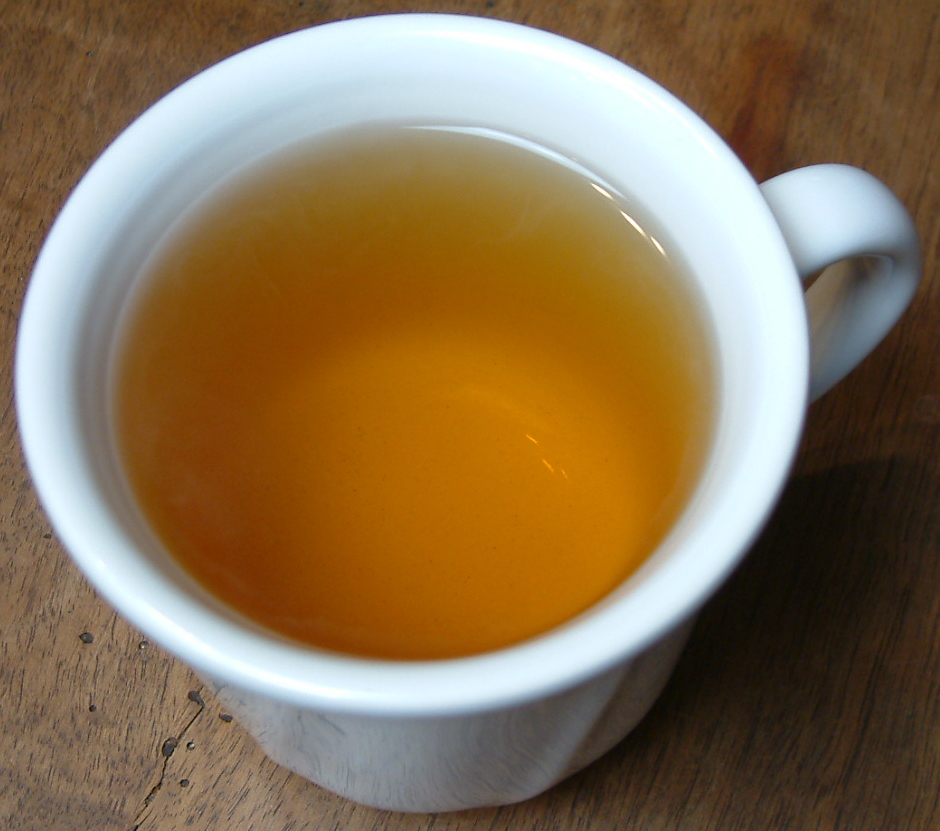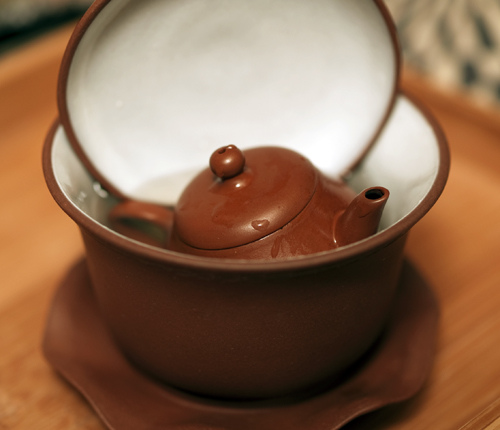For so many Americans, our only exposure to tea is from teabags, the tea served at Chinese restaurants, or those few selections offered at one of the nationwide chains. Are you aware that there are 6 major types of tea and hundreds of options when you consider growing conditions, manufacturing methods, and local variations? Unlike other beverages there is something for everyone, however too much choice can often be overwhelming. Here are a few of our thoughts to simplify your early experience with loose leaf tea and tisanes:
- Start simple with a black, oolong, green or blended tea. If you prefer no caffeine then consider an herbal or rooibos.
- Loose leaf tea is easy to make: Start with a good infuser or use a good paper filter. Avoid the stereotypical tea ball and go with something large to allow room for the tea to move around while steeping.
- If making black, oolong, or pu’erh, use boiling water and steep 1 tsp per 8 oz mug, no longer than 5 minutes. If you are like us, you use a large mug or travel tumbler, so make sure you know roughly how much water is in your mug of choice and adjust the amount of tea accordingly.
- When steeping green, yellow, and white tea, allow boiling water to cool 3-4 minutes before adding tea. Never use boiling water with these. Use 1 tsp per 8 oz of water for green tea or 1 Tbsp per 8 oz for white tea or yellow tea. Don’t steep any longer than 3-5 minutes.
- Steep 1 tsp per 8 oz of water for pure herbals (those containing no tea at all), rooibos, and honey bush for 7-10 minutes with boiling water.
More Ways to Upgrade Your Tea Experience
If the top five list above doesn’t quite satisfy your need, here are a few other things to be aware of.
- Green tea really does not need to be bitter. The key is to make sure you do NOT use boiling water. With green tea you really want 170-185 degrees Fahrenheit and you don’t want to steep longer than 5 minutes. Steeping at a lower temperature is often better.
- If you use a fine mesh infuser, be sure to at least rinse it with boiling water before adding a new tea. If you are like us, you are very busy and it’s so tempting to just knock out the last tea leaves and refill. Without rinsing with boiling water you end up with lots of contamination from the last tea you brewed.
- It pays to pre-heat your mug when steeping black, oolong, and pu’erh teas. Adding boiling water to a mug, especially a ceramic mug, will almost instantly drop the temperature below 200 degrees. If you add boiling water to your mug first, discard, and refill a second time for steeping you will keep the temperature higher for a longer period of time adding to the intensity.
Start Simple Then Experiment
Most teas do come with recommended times and loose tea per 8 oz serving size. These more specific suggestions are certainly a better starting point than the general guidance above. However, if you are new to loose leaf tea there really is no need to make it overly complicated. Find something you like, use a good infuser or single use tea filter, and follow the general time and temperature guidance above. As you drink tea more often you might try to start varying the amount of tea you use, as well as temperature and time to see how the taste varies, perhaps finding a combination more to your specific taste.
Making tea can, of course, be a lot more involved if you want it to be. We didn’t talk about specialty teapots, gaiwan sets, or the myriad other accessories and techniques for steeping. Nor did we talk about making your own blends or baking tea on your own. These are all topics for another day if and when the curiosity arises.
Know someone who could benefit from this post? Please share and help others experience loose leaf tea. And be sure to like us on Facebook or follow us on Twitter for more information on tea, its history, and culture.


